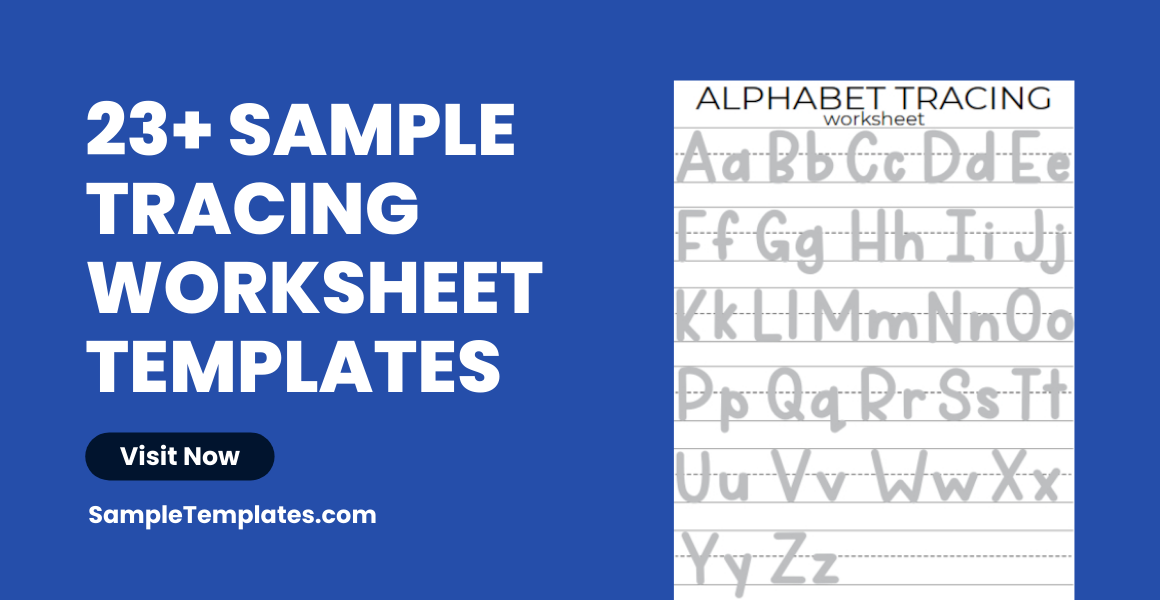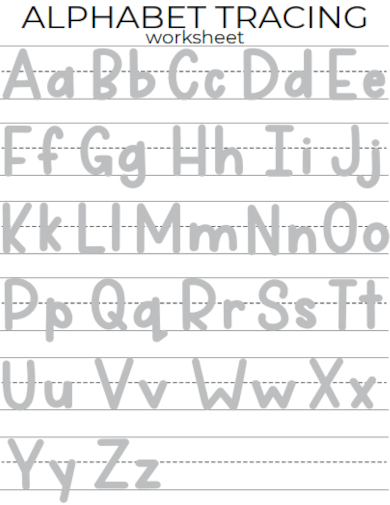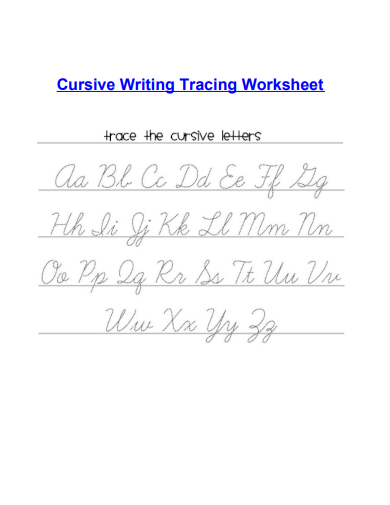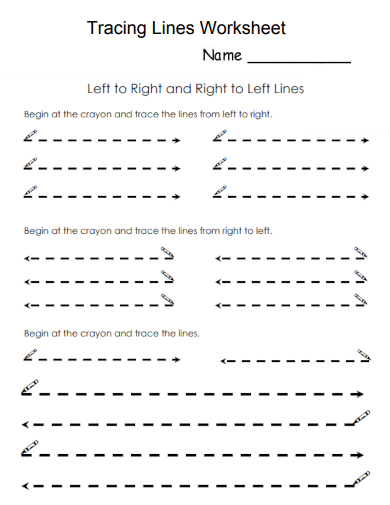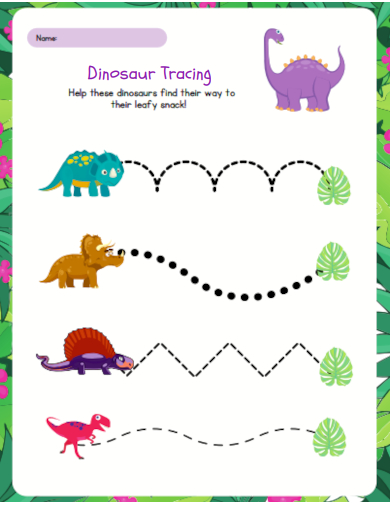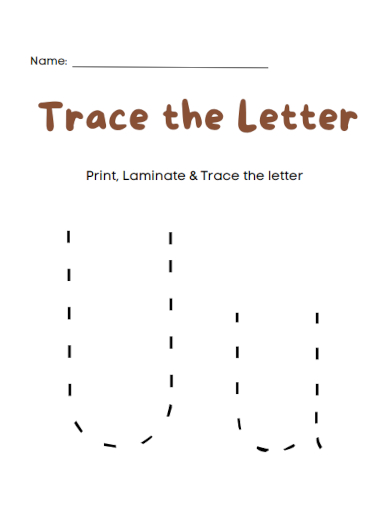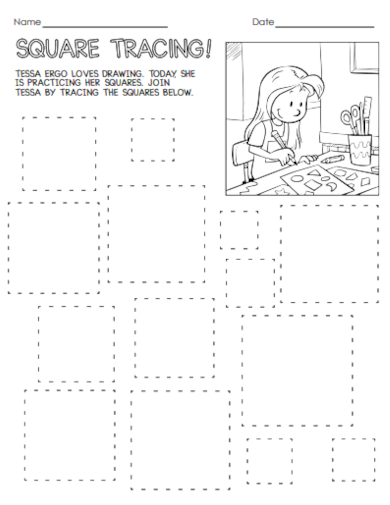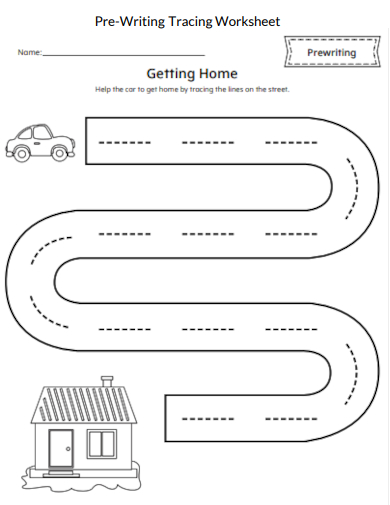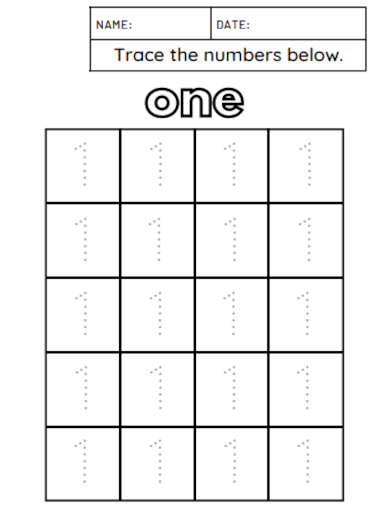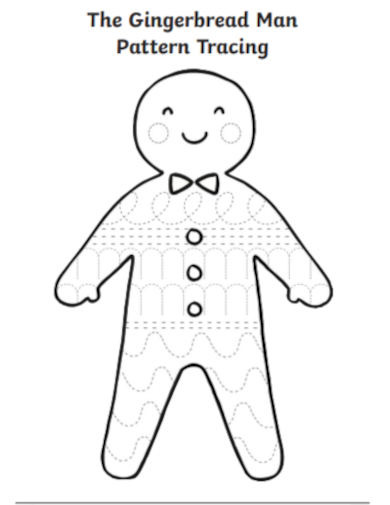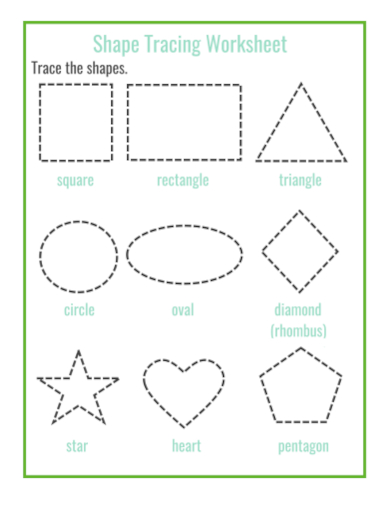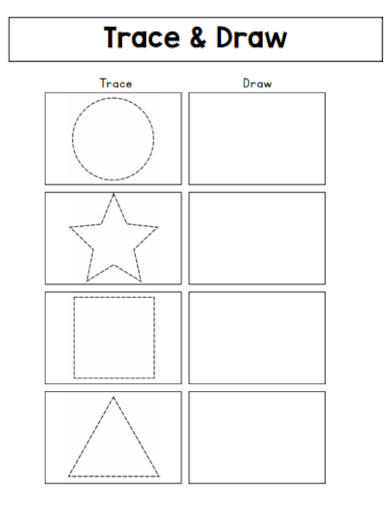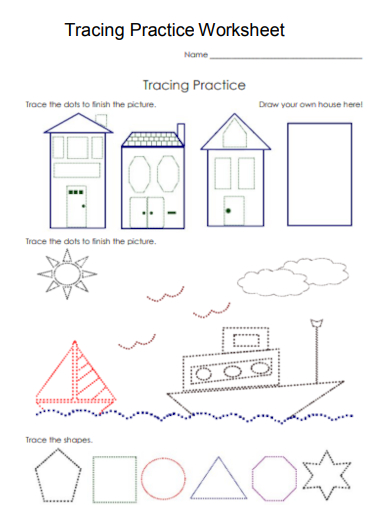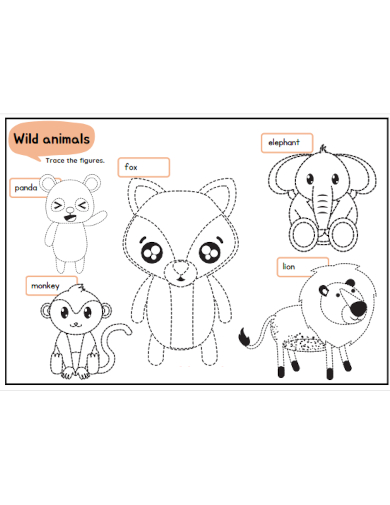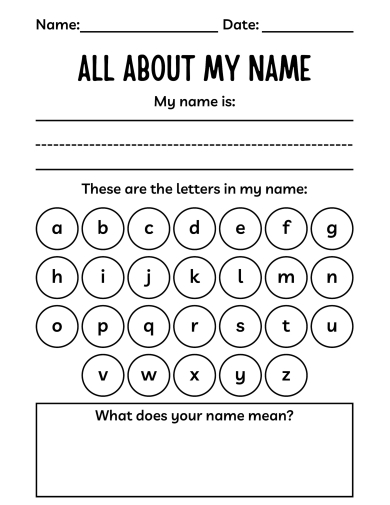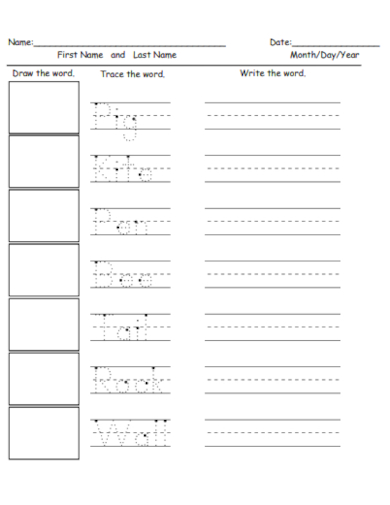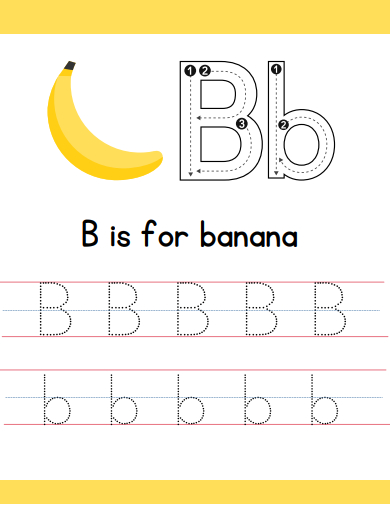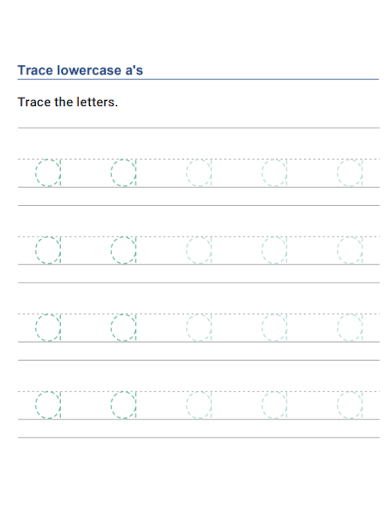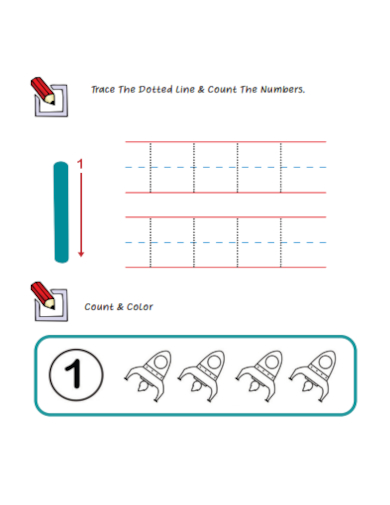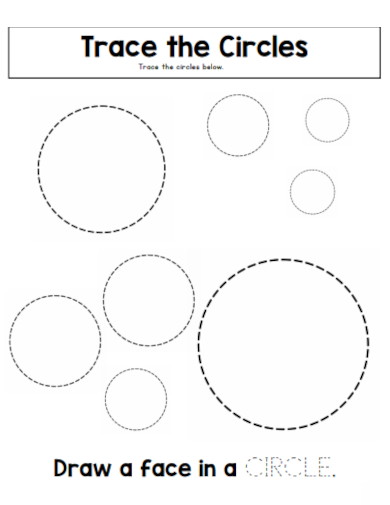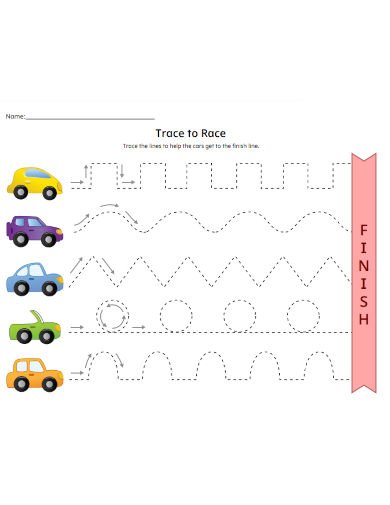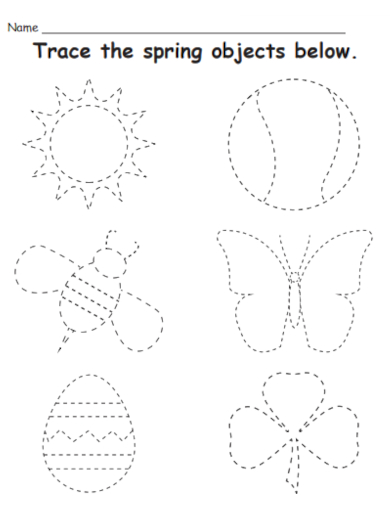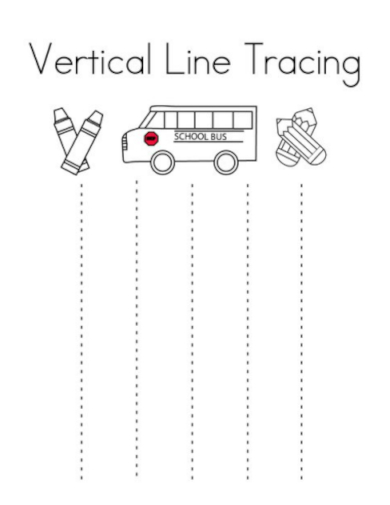Welcome to our Kids Worksheet Sample Tracing Worksheet Template! Designed with young learners in mind, this template is a fantastic resource for parents and teachers alike. Whether you’re seeking to enhance fine motor skills, foster creativity, or facilitate early writing practice, our template offers a fun and engaging solution. With clear, traceable shapes and letters, children can embark on an educational journey that combines learning with enjoyment. Download our Kid’s Worksheet Tracing Template today and watch young minds flourish!.
FREE 23+ Tracing Worksheet Samples
1. Sample Alphabet Tracing Worksheet Template
2. Sample Cursive Writing Tracing Worksheet Template
3. Sample Tracing Lines Worksheet Template
4. Sample Dinosaur Tracing Worksheet Template
5. Sample Letter Tracing Worksheet Template
6. Sample Square Tracing Worksheet Template
7. Sample Pre-Writing Tracing Worksheet Template
Benefits of using tracing sheets?
Tracing sheets, often used as educational tools, offer a wide array of benefits for individuals of all ages, particularly for children. These benefits encompass various aspects of cognitive, motor, and creative development. In this article, we will explore the advantages of using tracing sheets in more detail.
Fine Motor Skills Development: Tracing involves using small, precise hand movements to follow lines or shapes. This activity helps children develop their fine motor skills, which are crucial for tasks like writing, buttoning clothes, and using utensils. As they trace along lines, they learn to control the movement of their fingers and hand, improving coordination.
Hand-Eye Coordination: Tracing requires children to visually track lines while coordinating their hand movements accordingly. This enhances their hand-eye coordination, an essential skill for activities such as catching a ball, playing musical instruments, and completing puzzles.
Pre-Writing Skills: Tracing sheets serve as an excellent precursor to writing. They help children become familiar with the shapes and patterns that form letters and numbers. This familiarity lays the foundation for handwriting skills, making the transition to writing letters and numbers smoother.
Letter and Number Recognition: Tracing sheets often incorporate letters and numbers, aiding children in recognizing these symbols. This early exposure can be particularly beneficial for preschoolers and kindergarteners who are just beginning to learn the alphabet and counting.
Boosting Confidence: Successfully completing tracing exercises provides a sense of accomplishment and boosts a child’s self-confidence. As they trace more complex shapes and patterns, they gain confidence in their abilities and are more willing to take on new challenges.
Focus and Concentration: Tracing requires concentration and attention to detail. Engaging in tracing activities can help improve a child’s ability to focus on tasks, which can have a positive impact on their overall learning experience.
Artistic Expression: Tracing sheets can also be used for artistic purposes. They allow individuals to trace intricate designs, patterns, and images, fostering creativity and artistic expression. This can be especially appealing to older children and adults interested in art.
Therapeutic Benefits: Tracing can have therapeutic benefits for individuals of all ages. It can be a relaxing and calming activity, reducing stress and anxiety. Some therapists use tracing as part of occupational therapy to improve hand dexterity and coordination.
Educational Reinforcement: Tracing can reinforce educational concepts. For instance, tracing maps can help children learn geography, while tracing shapes and objects can reinforce concepts in math and science.
Customization and Accessibility: Tracing sheets can be customized to suit specific educational needs. Teachers and parents can create tracing sheets tailored to the child’s level of development, ensuring that they are neither too easy nor too challenging.
Enhancing Visual Perception: Tracing exercises can improve visual perception skills, helping individuals recognize similarities and differences in shapes and patterns. This skill is fundamental for reading, problem-solving, and many other cognitive tasks.
Preparation for Crafts: Tracing is often used as a preliminary step in various craft projects. It allows individuals to create templates for cutting, painting, and decorating, making crafting activities more enjoyable and precise.
In conclusion, tracing sheets offer a multitude of benefits, ranging from fine motor skill development and improved hand-eye coordination to enhanced creativity and confidence. These versatile tools can be adapted for different age groups and educational purposes, making them an invaluable resource for educators, parents, therapists, and anyone interested in promoting learning and skill development. Whether used in a classroom or at home, tracing sheets are a valuable addition to any educational toolkit.
8. Sample Preschool Tracing Worksheet Template
9. Sample Number Tracing Worksheet Template
10. Sample Pattern Tracing Worksheet Template
11. Sample Shape Tracing Worksheet Template
12. Sample Trace & Draw Worksheet Template
13. Sample Tracing Practice Worksheet Template
How To Use The Tracing Worksheets?
Tracing worksheets are versatile tools that can be used to develop fine motor skills, hand-eye coordination, and foundational knowledge. Whether you’re a teacher, parent, or someone interested in enhancing these skills, understanding how to effectively use tracing worksheets is essential.
Selecting the Right Worksheet:
Begin by choosing a tracing worksheet that aligns with your learning objectives. These worksheets come in various forms, including alphabet tracing, number tracing, shape tracing, and more.
Gathering Supplies:
Make sure you have the necessary supplies ready, such as pencils, markers, crayons, or tracing paper. The choice of writing instrument can influence the difficulty level and sensory experience for the learner.
Creating a Suitable Environment:
Create a quiet and well-lit workspace where the learner can focus without distractions. A comfortable chair and an appropriately sized table are essential for ergonomics.
Demonstrating Proper Technique:
For beginners or young children, it’s helpful to demonstrate how to hold the writing instrument correctly and how to trace lines or shapes with steady, controlled movements. Emphasize starting from the top and following the direction of the lines.
Setting Clear Goals:
Clearly communicate the learning objectives to the learner. For example, if using an alphabet tracing worksheet, explain that the goal is to practice letter formation.
Practicing Letter or Number Recognition:
Start by having the learner identify the letters, numbers, or shapes on the worksheet. This reinforces recognition skills.
Starting with Guided Tracing:
Begin with guided tracing exercises where the learner traces over the pre-drawn lines or shapes. Encourage them to follow the lines precisely and stay within the boundaries.
Gradually Increasing Difficulty:
As the learner gains confidence, you can move on to worksheets with fewer guides or more complex shapes. This gradual progression helps build skills incrementally.
Encouraging Proper Pencil Grip:
Pay attention to the learner’s pencil grip. Ensure they are holding the writing instrument correctly, as this will benefit their handwriting development in the long run.
Monitoring Progress:
Regularly review the learner’s work to identify areas where they may need improvement. Provide constructive feedback and praise their efforts.
Incorporating Variety:
To keep the activity engaging, switch between different tracing worksheets, incorporating a mix of letters, numbers, and shapes. You can also use themed worksheets related to seasons, holidays, or interests.
Fostering Creativity:
Tracing worksheets aren’t limited to basic shapes. Encourage creativity by using worksheets that involve tracing intricate designs, patterns, or even self-expression through art.
Connecting to Real-World Applications:
Highlight how tracing skills can be applied in everyday life, such as writing letters, drawing, or following lines on a map.
Being Patient and Supportive:
Remember that every learner progresses at their own pace. Offer encouragement and celebrate small achievements to boost confidence and motivation.
Regular Practice:
Consistency is key to improvement. Encourage regular practice sessions, but ensure they remain enjoyable rather than becoming a chore.
Documenting Progress:
Keep a record of the learner’s progress by saving their completed worksheets. This visual record can serve as a source of motivation and a way to track improvements over time.
By incorporating tracing worksheets into educational activities with these guidelines in mind, you can help individuals of all ages develop essential skills while making the learning experience engaging and enjoyable.
14. Sample Animal Tracing Worksheet Template
15. Sample Name Tracing Worksheet Template
16. Sample 1st Grade Tracing Worksheet Template
17. Sample Beginner Tracing Worksheet Template
18. Sample Lowercase Tracing Worksheet Template
19. Sample Math Tracing Worksheet Template
20. Sample Tracing Circle Worksheet Template
21. Sample Uppercase Tracing Worksheet Template
22. Sample Car Tracing Worksheet Template
23. Sample Tracing Spring Worksheet Template
24. Sample Vertical Line Tracing Worksheet Template
How to make your own tracing worksheets?
Creating your own tracing worksheets can be a valuable and customized educational tool for teaching handwriting, shapes, letters, numbers, and more. Whether you’re a teacher or a parent looking to provide personalized learning experiences, here’s a comprehensive guide on how to make your own tracing worksheets:
Define Your Learning Objectives:
Start by identifying the specific learning objectives you want to achieve with the tracing worksheets. Are you focusing on alphabet recognition, number formation, or shape identification? Clear objectives will guide the content you create.
Gather Your Materials:
You’ll need the following materials:
Blank paper or a computer with word processing software.
Pencils, markers, or a digital stylus (if creating worksheets digitally).
Ruler or straight edge (if creating by hand).
Reference materials, such as tracing fonts or templates (for digital worksheets).
Choose the Worksheet Format:
Decide whether you want to create digital worksheets or physical worksheets that can be printed. Digital worksheets can be designed using word processing or graphic design software, while physical worksheets can be made by hand or with drawing software.
Design the Worksheet:
For Digital Worksheets:
If you’re creating digital worksheets, you can use word processing software or graphic design software like Microsoft Word, Adobe Illustrator, or Canva. Follow these steps:
Set the page layout to your desired size (e.g., letter, A4).
Select appropriate fonts for tracing, ensuring they are clear and easy to read.
Create a grid or guidelines to help maintain uniformity.
Add the content you want to be traced, such as letters, numbers, shapes, or words.
Adjust the font size and spacing as needed.
Include dashed or dotted lines for tracing.
Add images or illustrations if desired.
Save your digital worksheet in a printable format (e.g., PDF) or as an editable document (e.g., Word).
For Physical Worksheets:
If you prefer creating physical worksheets, follow these steps:
Draw or print a blank template of the worksheet format you want (e.g., lined or grid paper).
Use a ruler to create guidelines for tracing lines, shapes, or letters.
Write or draw the content that needs to be traced with a pencil or marker.
Ensure there’s enough space between characters or shapes for tracing.
Add any additional visual elements or decorations.
Make photocopies if you want multiple copies.
Test and Refine:
Before distributing the worksheets, test them with a sample audience, such as students or your child. Gather feedback and make necessary improvements to ensure the worksheets effectively meet your learning objectives.
Provide Instructions:
Include clear and concise instructions at the top of each worksheet to guide users on how to complete the tracing activity. Explain the goals and any specific techniques or strategies to be used.
Print and Distribute:
If you’ve created physical worksheets, print as many copies as needed and distribute them to your students or children. For digital worksheets, share the files electronically or print them as required.
Monitor Progress:
As students or children complete the tracing worksheets, monitor their progress, offer feedback, and track improvements over time. Adjust the difficulty level or content as needed to match their development.
Create More Variations:
To keep learning engaging, consider creating various tracing worksheets with different content, fonts, or themes. This variety can help maintain interest and cater to different learning needs.
Save and Share:
– Save your original worksheet files so you can easily reuse or modify them in the future. You can also share your worksheets with other educators or parents who may find them valuable.
Creating your own tracing worksheets allows you to tailor learning experiences to the specific needs of your students or children. Whether you opt for digital or physical worksheets, this personalized approach can enhance fine motor skills, handwriting, and overall educational development.
Related Posts
FREE 29+ Sample Payment Receipt Templates in MS Excel MS ...
FREE 13+ Homework Planner Samples and Templates in PDF MS ...
FREE 10+ Health Care Action Plan Samples [ Mental, Provider ...
FREE 17+ Wanted Poster Templates in PSD PDF | Pages ...
FREE 9+ Affidavit Samples in PDF MS Word
FREE 18+ Audit Checklist Templates in PDF MS Word | Excel ...
FREE 4+ Nonprofit Financial Statement Samples [ External, Audited ...
FREE 24+ Sample Love Letter Templates in PDF MS Word
FREE 8+ Leaf Templates in PDF
FREE 10+ Sales Activity Report Samples in MS Word Pages ...
FREE 10+ Sample Performance Analysis Reports in PDF MS Word ...
FREE 9+ Sample Software Evaluation Forms in MS Word PDF
FREE 7+ Accounts Receivable Spreadsheet Samples and ...
FREE 10+ Equipment Maintenance Checklist Samples [ Heavy ...
FREE 8+ Sample Homework Calendar Templates in MS Word PDF
